Are you tired of dealing with clogged drains in your washing machine? Well, you’re not alone. A common issue many people face is a dirty drain in their washing machine, causing inconvenience and affecting the machine’s performance. But fret not, because, in this article, we will guide you on how to effectively clean your washing machine’s drain to keep it running smoothly.
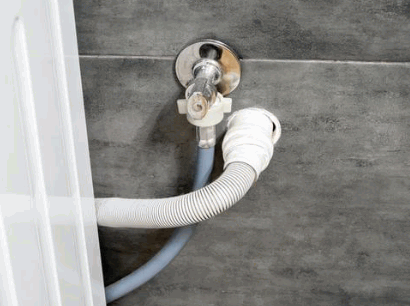
Why Is It Important To Clean The Drain In Washing Machine?
Regularly cleaning the drain in your washing machine is crucial for several reasons. First and foremost, it helps prevent clogging, which can lead to unpleasant odors and affect the efficiency of the machine. Additionally, keeping the drain clean helps maintain fabric hygiene and prolong the lifespan of the machine.
To ensure a clean drain, it is recommended to:
- Use a drain strainer
- Run a hot water cycle with vinegar
- Regularly inspect the drain pump filter
Explore further: How To Fix Kitchen Drain Clog
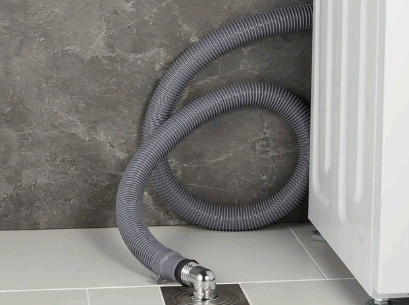
What Are The Signs That Your Washing Machine Drain Needs Cleaning?
If you notice water pooling around the washing machine, slow drainage, or foul odors emanating from the machine, it’s a clear indication that your washing machine drain needs cleaning.
Pro-tip: Regularly cleaning your washing machine drain can prevent clogs and odors, ensuring optimal performance and longevity of your appliance.
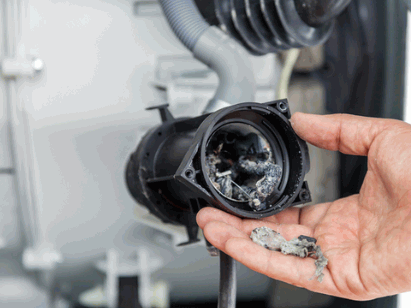
What Are The Causes Of Clogged Washing Machine Drain?
Have you noticed that your washing machine is not draining properly? One of the most common reasons for this is a clogged drain. In this section, we will discuss the various causes of a clogged washing machine drain and how to prevent them. From lint and fabric buildup to soap and detergent residue, and even hard water deposits, we will cover it all. By understanding the root causes of a clogged drain, you can take the necessary steps to keep your washing machine running smoothly.
1. Lint And Fabric Buildup
- Make it a habit to regularly clean the lint filter after every laundry load to prevent any lint and fabric buildup in the drain.
- Every few months, take the time to inspect and clean the drain pump filter to remove any accumulated lint and fabric residue.
- To prevent lint and fabric from entering the drain, consider using mesh lint traps on the washing machine hoses to capture them before they can cause any buildup.

2. Soap And Detergent Residue
- Inspect the washing machine for any buildup of soap and detergent residue.
- Run a cleaning cycle with hot water and vinegar to dissolve and eliminate the residue.
- Use a sponge or brush to scrub the affected areas, including the dispenser drawer and door seal.
- Rinse thoroughly to ensure all soap and detergent residue is removed.
3. Hard Water Deposits
- Hard water deposits can cause clogging in the washing machine drain due to the buildup of minerals.
- To address hard water deposits, use a solution of vinegar to dissolve and flush out the mineral buildup.
- Regularly descale the washing machine to prevent the accumulation of hard water deposits and potential clogs.
To prevent hard water deposits, consider installing a water softener to reduce the mineral content in the water supply.
How To Clean The Drain In Washing Machine?
One of the most essential maintenance tasks for a washing machine is cleaning the drain. Over time, the drain can become clogged with debris and residue from detergent, leading to unpleasant odors and poor washing performance. In this section, we will discuss the step-by-step process of how to effectively clean the drain of your washing machine. From removing visible debris to using different solutions, we will cover all the necessary methods to keep your machine running smoothly.
1. Remove Any Visible Debris
- Inspect the washing machine’s drain and remove any visible debris such as lint, fabric, or foreign objects.
2. Use A Vinegar Solution
- Prepare the vinegar solution by mixing equal parts of white vinegar and water.
- Pour the solution into the washing machine’s detergent container.
- Run the washing machine on a hot water cycle.
- Once the cycle is complete, wipe down the inside of the washing machine drum with a clean cloth.
- Repeat this process monthly to maintain a clean and odor-free washing machine.
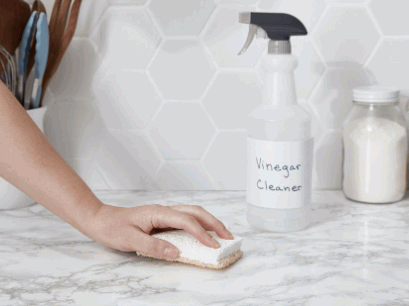
3. Use A Baking Soda Solution
- Prepare the solution: Mix 1/4 cup of baking soda with an equal amount of water to create a paste.
- Apply the solution: Pour the baking soda mixture into the washing machine’s detergent container.
- Run a cycle: Run the washing machine on a regular cycle with hot water to allow the baking soda solution to effectively clean the drain.
- Repeat if necessary: If the clog persists, consider applying the baking soda solution again.
For an eco-friendly and efficient cleaning method, using a baking soda solution is a natural way to maintain your washing machine’s drain.
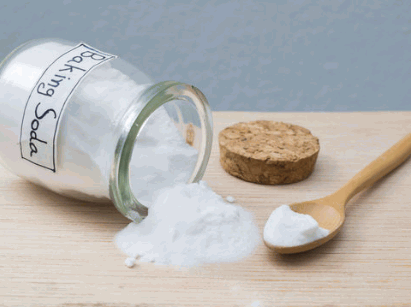
4. Use A Commercial Drain Cleaner
- Before using a commercial drain cleaner, it is important to read the manufacturer’s instructions and warnings.
- To ensure safety, always wear protective gear such as gloves and safety goggles when handling the cleaner.
- Carefully pour the recommended amount of the cleaner into the washing machine drain.
- Follow the product instructions and allow the cleaner to sit for the specified time.
- Once the designated time has passed, flush the drain with hot water to remove any remaining cleaner.
Fun Fact: Utilizing a commercial drain cleaner can effectively dissolve organic matter and eliminate clogs in washing machine drains.
How Often Should You Clean The Drain In Washing Machine?
- Be sure to inspect the drain every 3 months to ensure it is not clogged.
- If you notice slow drainage, it is important to clean the drain immediately.
- For an effective cleaning, use a mixture of vinegar and baking soda to clean the drain.
- To prevent blockages, make sure to remove any debris or lint trapped in the drain.
- For a thorough cleanse, consider using a drain cleaner specifically designed for washing machines.
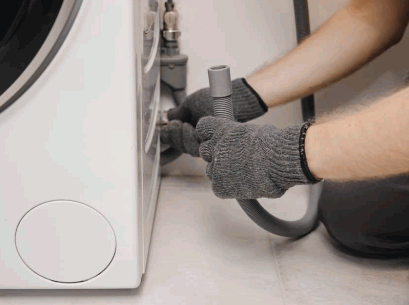
What Are The Tips To Prevent Clogging In Washing Machine Drain?
As a washing machine owner, one of the most common issues you may encounter is a clogged drain. This can be a frustrating and time-consuming problem to deal with. However, by implementing a few simple tips, you can prevent clogging in your washing machine drain and save yourself the hassle. In this section, we will discuss three key tips to keep your drain clean and free-flowing: using a mesh lint trap, avoiding overloading the machine, and using the right type and amount of detergent.
1. Use A Mesh Lint Trap
- To prevent lint and debris from clogging your washing machine drain hose, be sure to place a mesh lint trap over it.
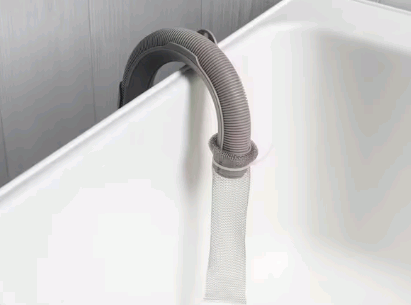
2. Avoid Overloading The Machine
- Sort laundry: Separate heavy items from lighter ones to maintain an even load distribution.
- Refer to the manual for load capacity: Avoid overloading the machine and exceeding the recommended load capacity to prevent strain on the machine.
- Monitor during operation: Ensure the machine operates smoothly without excessive movement or noise.
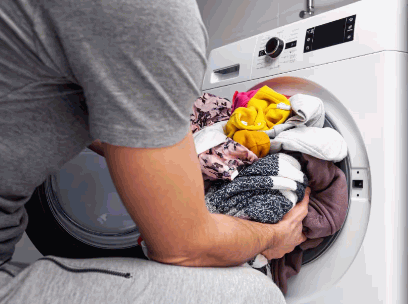
3. Use The Right Type And Amount Of Detergent
- Choose the appropriate detergent type for your specific laundry load, whether it’s regular, high-efficiency, or plant-based detergent.
- Accurately measure the detergent according to the guidelines on the product label to prevent residue buildup in the washing machine drain.
